THE PROBLEM
Controlling zone access and monitoring safety compliance. For example, segregating machines and people or keeping machines away from unstable ground and overhead hazards.
Safety personnel can’t be everywhere at once and new hazards can arise at anytime, putting workers’ safety and livelihoods at risk.
Managers have little visibility of how often personnel are close to hazards they are not authorised or trained to deal with, and no way of measuring this.
THE SOLUTION
PLINX creates digital boundaries around hazard zones, and sets up automatic access rights based on personnel role or competency. PLINX monitors real-time compliance status.
PLINX reminds pedestrians and operators when hazards are near. Hardware is designed for deployment at scale, giving contractors a tool that deploys easily as part of daily routine. Compliance data collected offers a new safety KPI to augment ‘near miss reporting’.
System includes Lone Worker SOS, People-Plant interface safety and Digital Thumbs Up where required.
Zone Control
Control zone access by role, competency or company.

PPE Check
Check that operatives have up-to-date competencies at PPE zone entrance.

Segregation
Keep people and machine separate by identifying safe working zones.
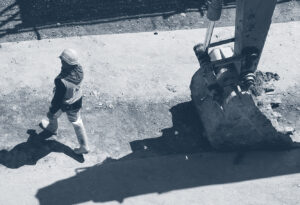
S.O.S
Respond quickly to an accident or security breach with precise location.
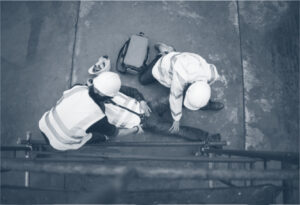
Tunnels
Check that operatives are authorised to work within the tunnel. Locate them in the event of an emergency.
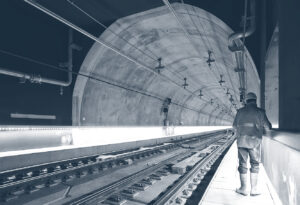
Behavioural safety
Deliver more impactful and engaging briefings by using recent examples of team behaviour captured from site.
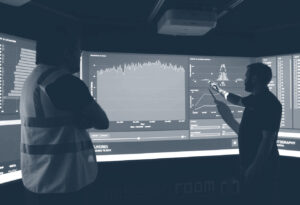
Zone Control
Control access to areas of site by machine type, time or specific function (vibratory function)
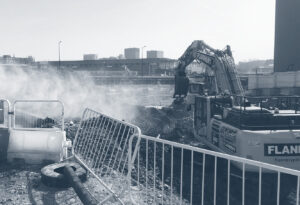
Collisions
Reduce the liklihood of machine-machine collisions by monitoriing proximity of specific equipment.
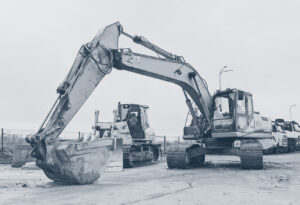
Speeding
Reduce speed limit infringements within zones on site, including
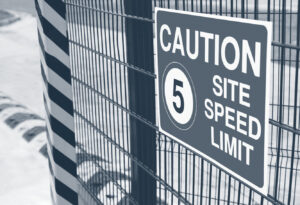
Overhead structures
Prevent collision with overhead structures, including power cables.
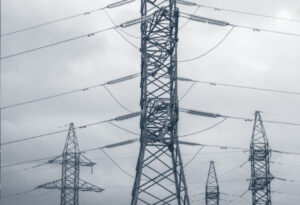
Tunnels
Locate and monitor machine use in tunnels, restrict access to hazardous zones.
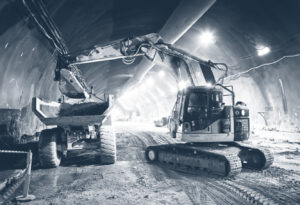
Zone Control
Control zone access by role, competency or company.

PPE Check
Check that operatives have up-to-date competencies at PPE zone entrance.

Segregation
Keep people and machine separate by identifying safe working zones.

S.O.S
Respond quickly to an accident or security breach with precise location.

Tunnels
Check that operatives are authorised to work within the tunnel. Locate them in the event of an emergency.

Behavioural safety
Deliver more impactful and engaging briefings by using recent examples of team behaviour captured from site.

Zone Control
Control access to areas of site by machine type, time or specific function (vibratory function)

Collisions
Reduce the liklihood of machine-machine collisions by monitoriing proximity of specific equipment.

Speeding
Reduce speed limit infringements within zones on site, including

Overhead structures
Prevent collision with overhead structures, including power cables.

Tunnels
Locate and monitor machine use in tunnels, restrict access to hazardous zones.

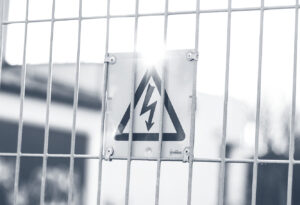
Case study
EKFB reduced risk of accident by 90% on HS2 project with PLINX. They wanted to explore how PLINX could increase workforce safety, alongside current measures, using automatic authorisation of personnel to access/restrict entry to hazard zones.
The trial proved that PLINX significantly reduced risky behaviour of workers – improving the overall safety profile of the site.
After 7 weeks, unauthorised zone entrances reduced by 91% and extended zone breaches reduced to zero by using the PLINX® system.